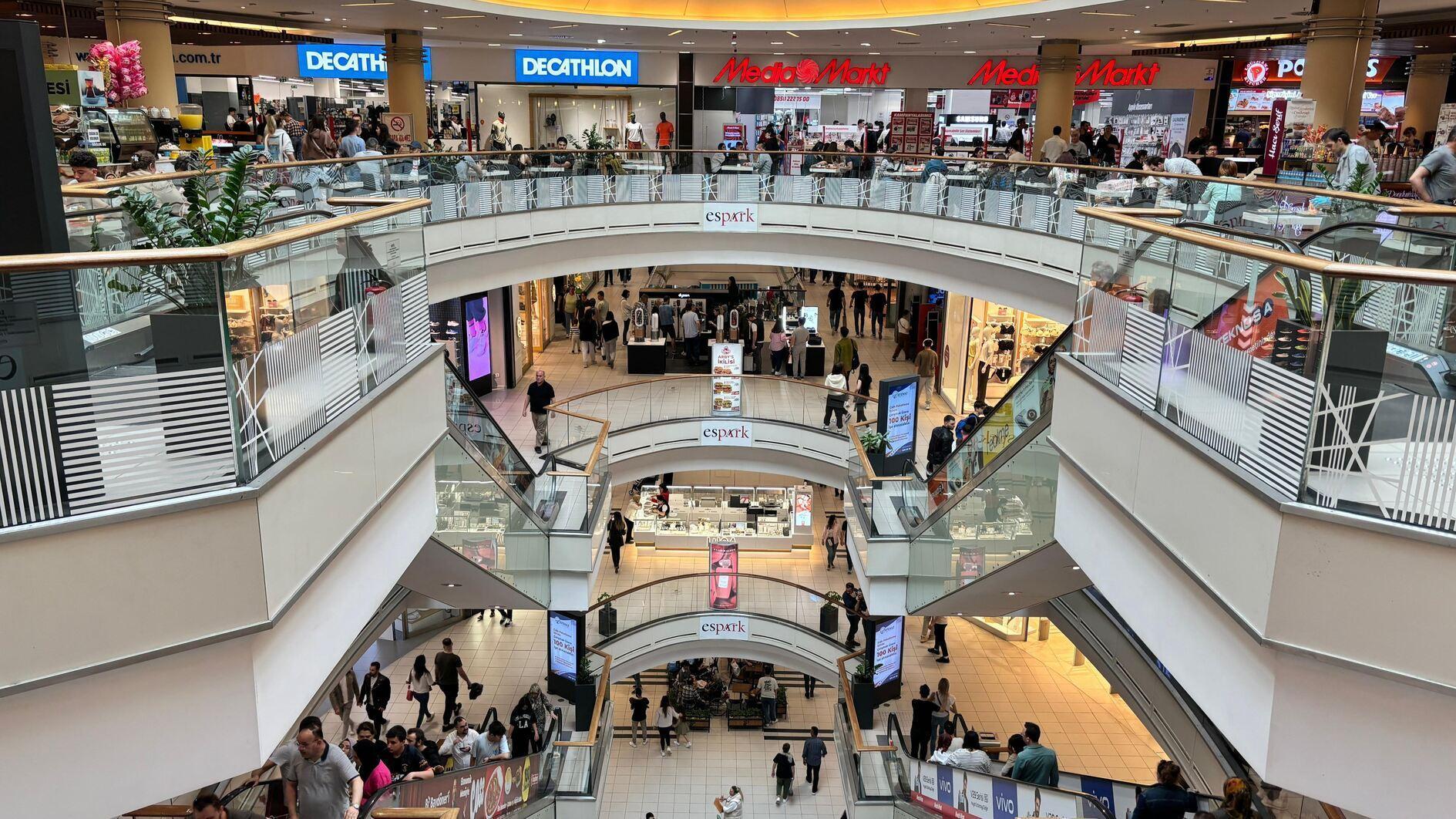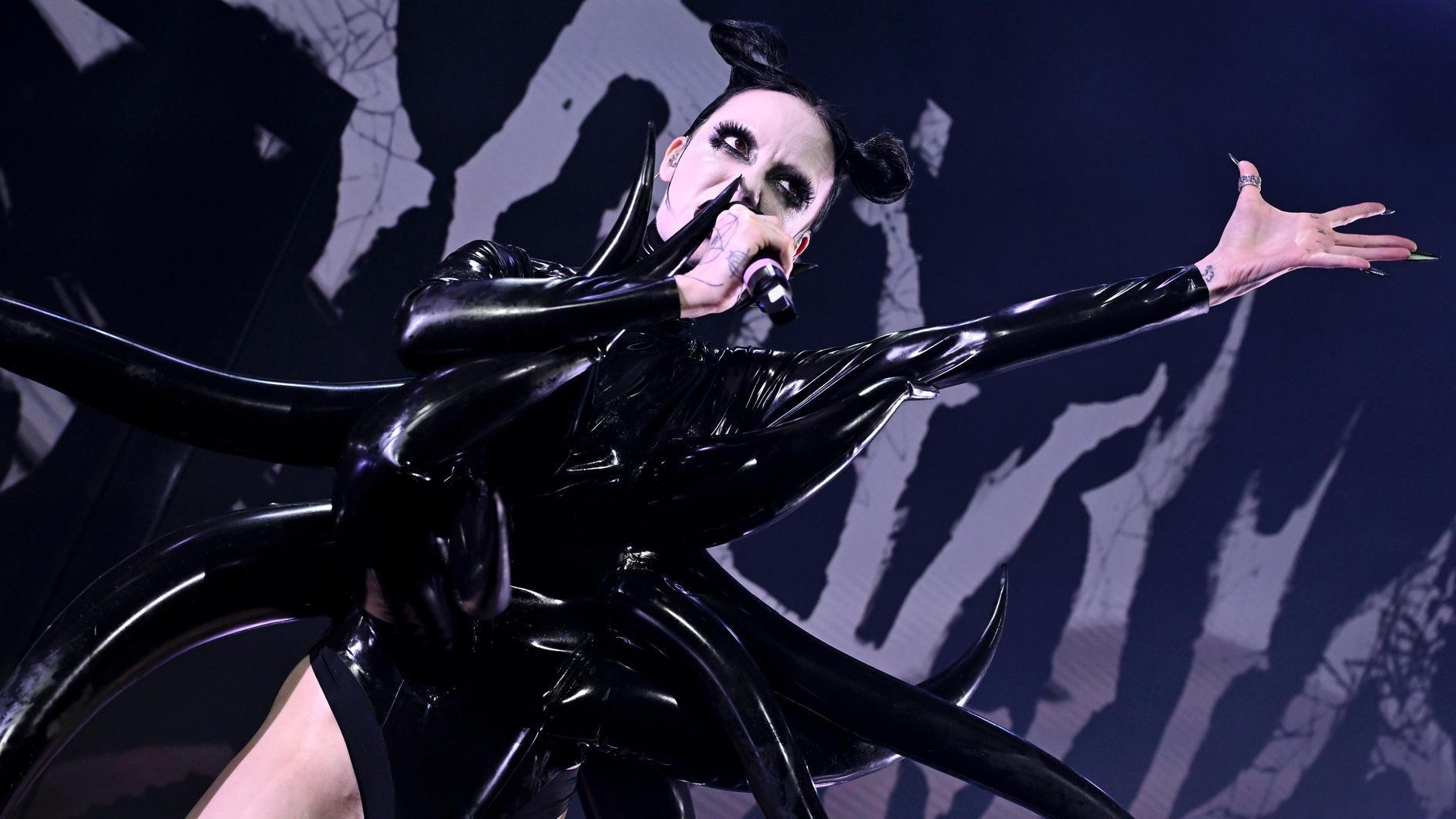The view from Malaysia
KUALA LUMPUR
This is the second time I have visited this impressive gem of South East Asia. It is, as ever, hot, humid and green. With this tropical climate, it looks as if it is light years away from the dry deserts and steppes of the Middle East.Malaysia, however, is still connected to the Middle East through a key factor: Islam. Some sixty percent of the population is made up by ethnic Malays, who are by definition Muslim. Many of them follow the Shafi school of jurisprudence, which is one of the four main four schools of Sunni Islam (the merchants who brought Islam to Malaysia centuries ago, without any war or conquest, were apparently mostly Shafi).
The rest of Malaysia is made up of Chinese, Hindu and other minorities. Christians, most of whom are Chinese, constitute some six percent of the population.
Liberal democracies often take precautions to protect the minorities of a society. In Malaysia, however, the constitution and laws rather protect the “supremacy” of the majority. The fear that Malay Muslims may get “confused” when they hear Christians utter the word “Allah,” for example, can lead to the banning of that word for the Christian minority.
Such examples hint that Malaysia is far from being a “free” country, according to Freedom House criteria. Yet, you would be making a mistake to consider it a completely un-free state, or as a dictatorship. In fact, a simple walk in the streets of Kuala Lumpur gives you the feeling of an open society where individuals dress and live as they wish, where the market forces, from skyscrapers and giant malls, to small shops and street vendors, work in liberty.
The political system is one of a kind. There are thirteen states with monarchs of their own and one of them becomes the national monarch for five years in turn. Like in Britain, however, whose colonial rule left behind a huge legacy, there is an elected Parliament that forms the government. The opposition complains about the abuse of power by the ever-ruling ruling coalition, but at least an opposition is allowed to exist and compete.
Like elsewhere in the Islamic world, there is tension in Malaysia between the authoritarian Muslims and other Muslims who believe their faith is compatible with individual liberty and human rights.
Organizations, such as the Islamic Renaissance Front, which invited me here, are pushing for the latter view. Its members are all pious, observant Muslims who have great passion and respect for their faith. But they have the same feelings for the freedom of expression, freedom of thought, equality and justice. Another brilliant organization, Sisters in Islam, fights misogyny and pushes for gender equality.
On the other hand, there are concerning voices who wish to impose the interpretation of Islam they chose by using state power – and, often, for the sake of state power. One example would be the mufti of the state of Perak, Tan Sri Harussani Zakaria, who last year said, unbelievably, it was “halal” (permissible) to shed the blood of participants of anti-government demonstrations. Luckily, no one took him too seriously.
With such contrasts, Malaysians are looking at other Muslim countries, such as Turkey, to find examples for their democratic evolution. I tried to offer some answers, but added Turks should take hints from them, too. They are an admirably peaceful, gentle nation, where fights are very mild and rare. Unlike some of their Turkish counterparts, for example, Malaysian deputies are civilized enough to not to throw fists at each other and break each other’s noses.











